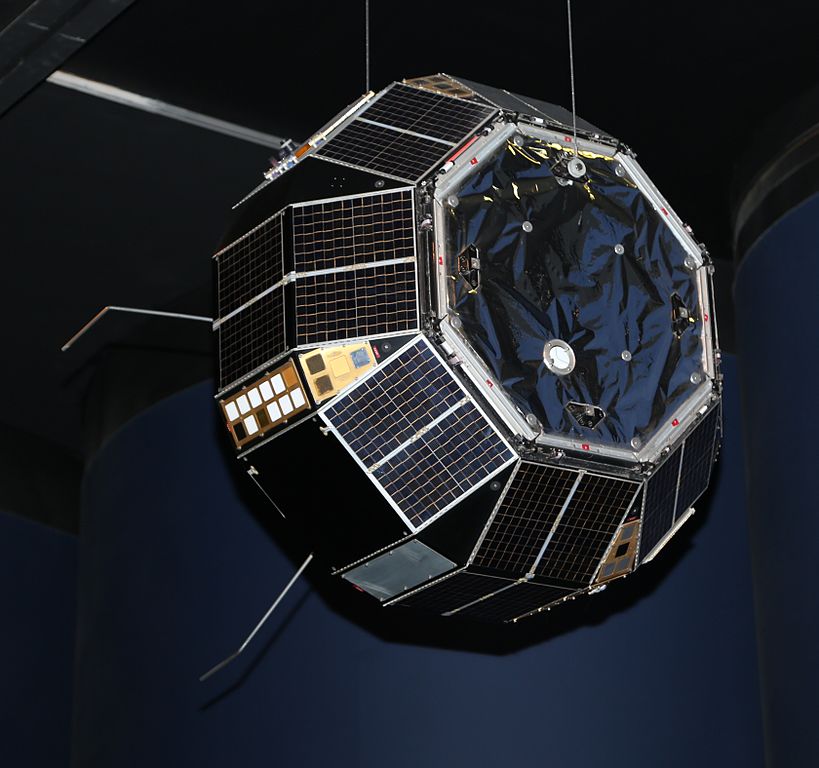 | |
|  |
|
|
| |
| Star Wars strip, RUR, Hardman, Prospero X-3 | Mar 30, 2013 4:38 AM PDT | url |
| | |
Added 1 new A* page:It's interesting how a different character can inspire a different style--I think I get a little uptight when trying to model Selenis' svelte suit, but with the Major in his bulky body armor it feels right to go in thick and chunky with the brush. Fun! : )
~~~~~
Hey what say we try thinning out the huge archive of bookmarks in the ol' newsbag? Items:
- It didn't run in any of the local papers I remember as a kid, so I was somewhat surprised to learn that from 1979 to 1984 there was a nationally syndicated Star Wars newspaper comic strip, for most of its run written by Archie Goodwin and drawn by Al Williamson, who turned out some incredibly detailed daily black and white space scenes for the strip--dig those lovely ships and planetoids, even if they're a wee bit exaggerated by some of the writing. I found out about the strip by stumbling across a fan blog putting it out day by day, Daily Star Wars, but the format isn't handy for sequential reading, and it seems to have stopped updating a month ago, as it happens. You *can* find large helpings of it elsewhere on the internet with a little Googling. I was curious to see if there was a print collection, and it looks like the most recent are the first three volumes of the "Classic Star Wars" series from Dark Horse in the mid-90s that chopped, edited, and *shudder* colored the strips up into more of a graphic novel format. I *did* find an earlier, 1991 collection of the strips in more of their original format--presumably--on eBay for a mere $2,499.00.
- Robots are everywhere in science fiction, but where did they come from? The word "robot" first appeared in a Czech play written in 1920 called R.U.R., which stands for "Rossum's Universal Robots." The "robots" in R.U.R. are not mechanical, but organic, human-like creations grown as a servant class--as you can imagine, the status quo takes some knocks in the course of the play. Of the word's etymology, Wikipedia says "In its original Czech, robota means forced labour of the kind that serfs had to perform on their masters' lands, and is derived from rab, meaning 'slave.'"
- Here is a gallery of nice inky artwork, mostly of mainstream comic book characters, by comic book artist Gabriel Hardman, showing a lovely dark brushy style.
- Prospero was, among other things, the final name given to the the first and only British satellite ever successfully launched by a British rocket--in 1971. The 66 kg Prospero, also called X-3, "was designed to undertake a series of experiments to study the effects of space environment on communications satellites and remained operational until 1973, after which it was contacted annually for over twenty-five years."
Here's a photo of the X-3 flight spare in London's Science Museum (you can also see a bit more in the museum's gallery):

image by Geni (source)
The Prospero flew on the last Black Arrow rocket--the rocket program had already been cancelled, but permission was given for this one last launch--and was renamed from "Puck" to "Prospero" once it was learned this would be the last one, I suppose a reference to that other character from Shakespeare's final play, The Tempest, whose famous soliloquy (it's been a while since I read it, I'm just cribbing this from Wikipedia : p) laments his imprisonment and loss of rockets--I mean, of magic. It was lucky this final launch succeeded, as the previous Black Arrow, carrying the X-2 "Orba" satellite, had failed to reach orbit. The last Black Arrow turned out to be a feisty one, continuing to thrust after releasing Prospero in orbit, colliding with the satellite and knocking off one of its four radio antennae.
|
·····
|
|
|
